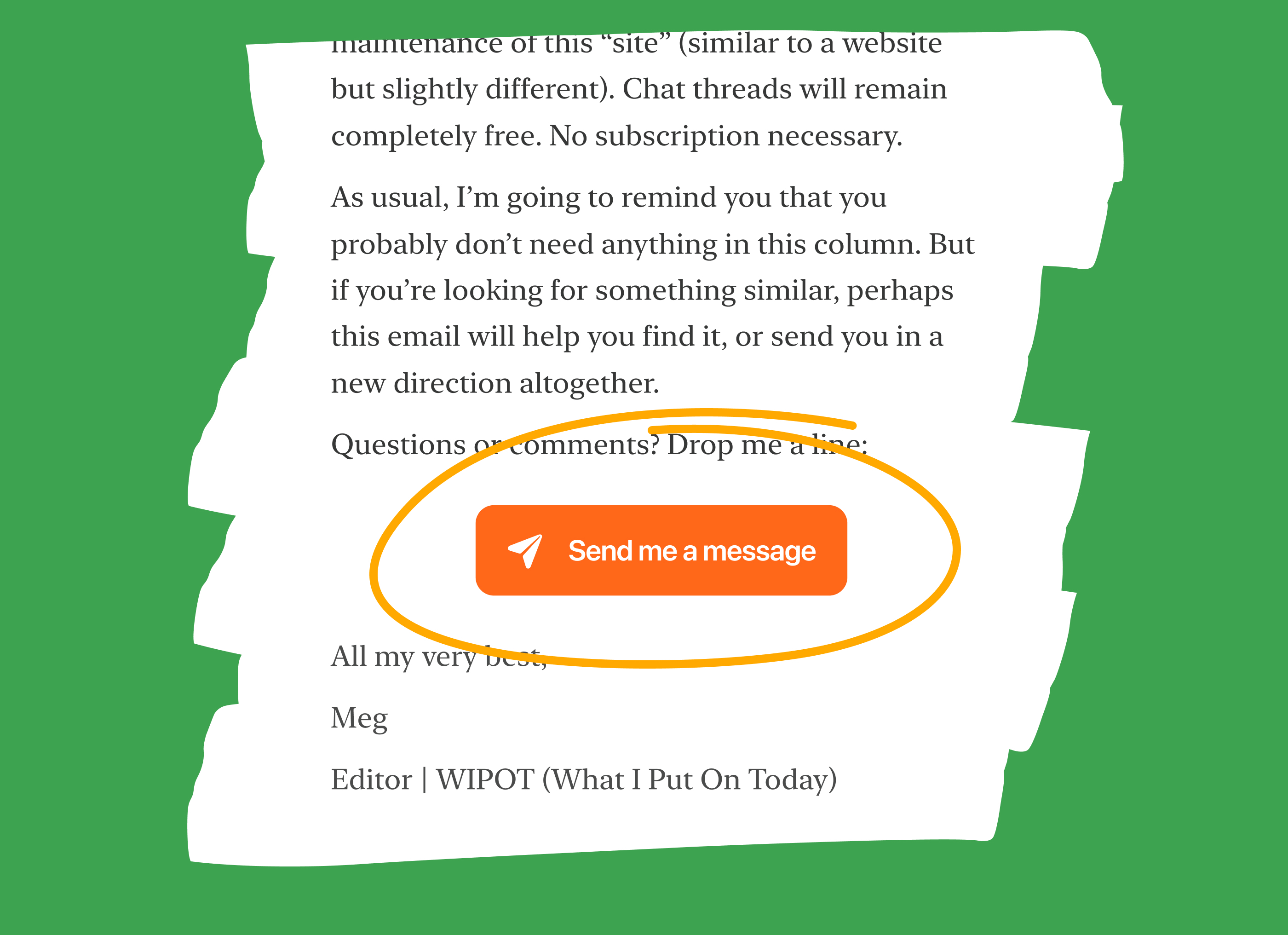
Substack is introducing direct messaging, allowing users to have private one-on-one conversations, the company announced today. DMs can be accessed in the Chat tab on the Substack app and website. By default, users will only receive DMs from people they are connected to. Other messages will go to a Requests folder where you can choose to either accept or reject them.
After launching an X (formerly Twitter) clone last year called Notes, Substack is now copying yet another feature from the social network. A few months after launching Notes, the company started allowing users to follow each other. Although Substack is best known as a newsletter platform, the company has slowly been changing its platform to become more of a social network over the past year, and the new DMs feature takes this transition a step further.
Substack says DMs was a highly requested feature among users, and many users have shared their excitement on the announcement post. But not everyone may be interested in the addition, as a user commented asking if DMs can be turned off, noting that they didn’t want people to contact them directly. Substack responded and said users can disable DMs by going into their settings and choosing “Allow message requests from” to “No one.”
The company tested DMs with a small group of writers and found that they can be used to build subscriber loyalty, connect with fellow writers and cultivate a reader community. Substack says it hopes DMs will strengthen the connections writers make on the platform.

If writers want to encourage their readers to message them directly, they can add a “Send a message” button on new posts. Substack says this can help writers do things like solicit news tips or collect questions.
The launch of DMs comes a few days after Substack updated its peer-to-peer recommendation system, allowing writers to curate and share a list of publications for their readers to subscribe to. The idea behind the change is is allow writers to aid other writers in expanding their reach and potentially getting more subscribers and followers.
Substack has had a controversial start to 2024 after saying it wouldn’t ban Nazi newsletters. Substack CEO Hamish McKenzie said although Substack bans posts with “incitements to violence,” the company will stick with a “decentralized approach to content moderation.” In response, notable writers like Casey Newton and Ryan Broderick decided to leave Substack.
Substack now lets writers curate a ‘network’ of recommended publications for their subscribers




